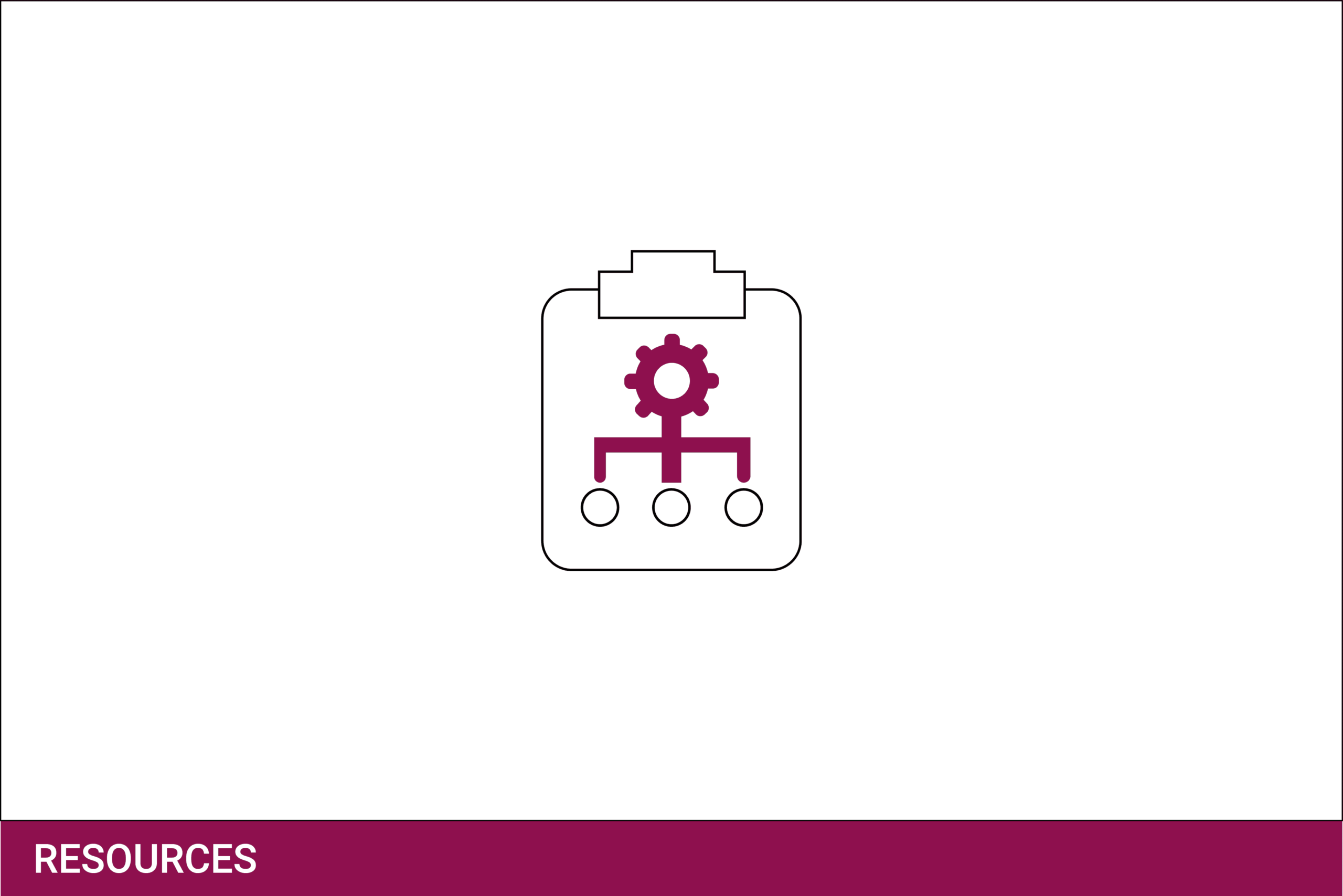Combustible powder and other related dangerous materials have the potential to create hazards. As many industries handle or store combustible powder, this can present an inherent safety risk. Generally, combustible dusts and powder must always be stored in a separate, well-ventilated area away from potential ignition sources and potentially explosive atmospheres.
There are, however, a range of other characteristics that should be integrated into a holistic safety strategy. This short article details a brief overview of a few key characteristics that must be considered when storing combustible dusts and powder.
Is your dust or powder combustible?
Combustible dusts and powders have the potential to pose significant dangers to your processes, equipment & personnel. Regardless of how experienced you are with explosive atmospheres or combustible dust safety, or how long you have had a dust safety policy in place, strong testing data is essential for developing strategies to prevent or mitigate the risk of fire and explosive occurrences during the storage of potentially combustible dusts and powders.
It is recommended that you obtain flammability and explosivity data on your powders for your basis of safety for each unit operation on site. Ideally, this should be completed before system designs are finalised, or to ensure that existing protection systems are suitably rated.
Fire and explosive characteristics for your potentially combustible dust must be tested in accordance with relevant standards using the correct laboratory equipment.
If yes, then undertake a suitable risk assessment.
If the dust or powders that you store are combustible, then you must undertake a suitable risk assessment. In the UK, DSEAR (Dangerous Substances and Explosive Atmospheres Regulations 2002) compliance mandates that the risks associated with such flammable substances in potentially explosive atmospheres be eliminated or controlled to safeguard people from explosions and fire. In the US, a Dust Hazard Analysis (DHA) would provide a suitable systematic review of the processes and areas of a facility where combustible particulates are present, including storage.
By undertaking an appropriate explosive atmosphere risk assessment practical recommendations and advice for reducing the risk of fire and explosion can be instigated.
Are your storage areas suitably classified?
Special safety measures can be put in place via the designation of an explosive atmosphere as a hazardous zone.
When necessary, process equipment should be designed, operated and placed in such a way that even when it is malfunctioning, the number of flammable materials or hazardous substances released into an explosive atmosphere is kept to a minimum.
Explosive Atmospheres as Hazardous Areas
Hazardous areas/zones may occur when moving powders in and out of storage, accidental powder droppage or storage splitting. These examples may create a flammable atmosphere and should be zoned at 22.
Zone 22 pinpoints the area where explosive atmospheres are unlikely to occur during normal operation, but if they do, they will only last for a brief time. As a result, suitable ATEX certified equipment is needed. Although a silo or other storage unit may have an ATEX rating, it must be remembered that the control, instrumentation, and other ancillary systems and components must also be ATEX certified.
Do you fully understand the standards & guidance?
Typical standards and guidance for dust and powder storage are:
- BS EN 60079-10-2
- HSG 51 & 71
These standards should be used as ‘Guidance’ to help meet regulations. Although they cannot cover all situations, correct interpretations of these standards can be helpful. Typical examples of standards in relation to dust and powder storage are:
Silos
- Zone 20 within a silo.
- Zone 21 for pneumatic transfers, rotary valves and screws.
- Zone 22 within clean side of silo filter, fan and exhaust.
Bulk Bags
- Zone 21 within a bulk bag and beneath the grill of a tipping station.
- Zone 22 for 3m around bulk bag.
- Zone 22 for 1m around tipping station if LEV, if not then Zone 21.
- All dust zones down to impervious floor level.
If it is not possible to achieve the end goal of the standards, it does not mean that the hazardous areas should be redesigned, as it may be possible to ‘interpret’ what the requirements of that distance are. This interpretation may aid in achieving the overall aim by another ‘equally acceptable’ means.
Do you have an effective and suitable ‘Basis of Safety’?
Organisations must take preventative action to maintain safety in the workplace. If you manage powders, you must ensure that the design of control measures and explosion protection systems (venting, containment, or suppression) or confirm if a material is appropriate for processes within an established explosion protection system. It must be noted that when explosion protection is chosen as the basis of safety, suitable ‘chokes’ are in place to prevent the explosion propagating up or downstream.
It must, however, be remembered that the basis of safety is not a site phenomenon. In fact, if you’ve got a number of pieces of processing equipment, a different basis of safety will be needed for each.
Electrical and Mechanical Equipment
Any electrical or mechanical equipment installed or used (if portable) within these zones needs to be constructed to the essential safety requirements of the ATEX Directives and certified as appropriate for the zone. This essentially means that the probability of the equipment acting as a potential ignition source for a flammable dust cloud present is low. The aim is to eliminate the potential of an item of equipment acting as an ignition source in potentially flammable atmospheres.
The applicable BS EN 60079 standard considers thirteen distinct types of potential ignition sources:
- Hot surfaces
- Flames, smoking and hot work
- Mechanical friction and impact sparks
- Electrical apparatus/equipment and installations
- Electrostatic
- Exothermic reactions and spontaneous combustion
- Stray electrical currents in electrical installations
- Adiabatic compression and shockwaves
- Radio frequency electromagnetic radiation
- Lightning
- Visible and high frequency electromagnetic radiation
- Ultrasonic sound waves
- Ionising radiation
So, essentially any form of energy could have the potential to ignite combustible dust clouds, IF the source has sufficient energy to ignite a substance specific combustible dust cloud. The most common ignition sources for combustible dust clouds are hot surfaces, electrostatics, unsuitable electrical equipment, and mechanical sparks.
What dust tests should I undertake?
The first step is to determine whether or not your dust is in fact combustible.
The Dust Combustibility Test
This is determined by subjecting your powder/dust to a specific test, known as the Dust Combustibility Test BS EN ISO IEC 80079-20-2. Essentially, in specific apparatus, a dust cloud is generated and subjected to a high-energy ignition source. If the cloud ignites, then it is classified as a combustible dust. If it doesn’t ignite, it is a non-combustible dust. You may indeed be able to determine if your powder is combustible or not by simply searching the literature. Either way, you need this knowledge to be able to undertake the hazardous area classification in the first place.
Energy Ignition
Although you may know that your combustible dust is in fact combustible, what you don’t know is how much energy is required to ignite the dust cloud. Every substance is different in this regard, and it is not possible (or difficult) to calculate what level of energy is necessary to achieve ignition. But there are specific tests that can and should be undertaken to determine these energy levels for different sources of energy.
Ignition Sources
For ignition of a combustible dust cloud, there are two tests required:
Minimum Ignition Energy (MIE) – determines the minimum energy from electrostatic or mechanical means which can ignite the dust cloud
Minimum Ignition Temperature (MIT) – determines the minimum temperature which can ignite the dust cloud
Clearly, if this temperature or energy level cannot be reached in your specific processing equipment, then ignition of a combustible dust cloud will not occur.
The Minimum Ignition Energy (MIE) and Minimum Ignition Temperature (MIT) Tests
The MIE test equipment generates a dust cloud, and a spark between two electrodes of a specific energy level is generated. In the test apparatus, the spark between the electrodes can be achieved by two means – via capacitance or induction. The capacitance generated spark mimics electrostatic ignition sources; and the inductance generated spark mimics mechanically generated sparks.
The MIT test equipment generates a dust cloud under specific temperature conditions.
The MIE’s of combustible dust can range from 1mJ to >1000mJ
A purely capacitive MIE value is used for all processing situations, as most operations involving powders will generate electrostatic charge, and therefore there is a high possibility of the material being exposed to an electrostatic spark discharge.
Typical Electrostatic Spark
The table below shows typical electrostatic spark (capable of igniting dust clouds) energy values along with known mechanisms and examples:
|
Discharge Type |
Mechanism |
Example |
Approximate Maximum Potential Energy (mJ) |
|
Cone |
From charged bulk powders |
· Insulating granular material being discharged into silo |
10 – 100 (dependent on various factors) |
|
Spark |
From an isolated conductor |
· Metal flange on plastic or glass pipe · Operator wearing insulating footwear · Unearthed Type C FIBC |
Up to 200 (dependent on the capacitance of the conductor) |
|
Propagating Brush |
From thin insulating materials being highly charged with opposing charge on each surface |
· Dielectric break down of an insulating pneumatic conveying pipes surface to the earthed metal embedded spiral. · Highly charged powder coating on an earthed metal substrate being approached by an earthed item |
2000 |
Inductive Minimum Ignition Energy (MIE) Considerations
The inductive MIE is used to evaluate whether friction, grinding and impact sparks from stainless steel on stainless steel contact will produce enough energy and temperature to ignite the material in the form of a dust cloud. This is determined by the tip speed of a rotating component.
When tip speeds are less than 1 m.s-1 then there is no risk from ignition by mechanical sparks however when greater than 10 m.s-1 it must be assumed that there is a risk of ignition from mechanical sparks unless you have relevant test data to prove otherwise.
About Sigma-HSE
Sigma-HSE is an internationally recognised process safety company with ISO/IEC 17025 accredited testing laboratories. We provide fire and explosion data: 20L, MEC, MIE, LIT, LOC, electrostatics and thermal screening. Our safety engineers are experienced in DSEAR, ATEX and DHA across many process industries.



